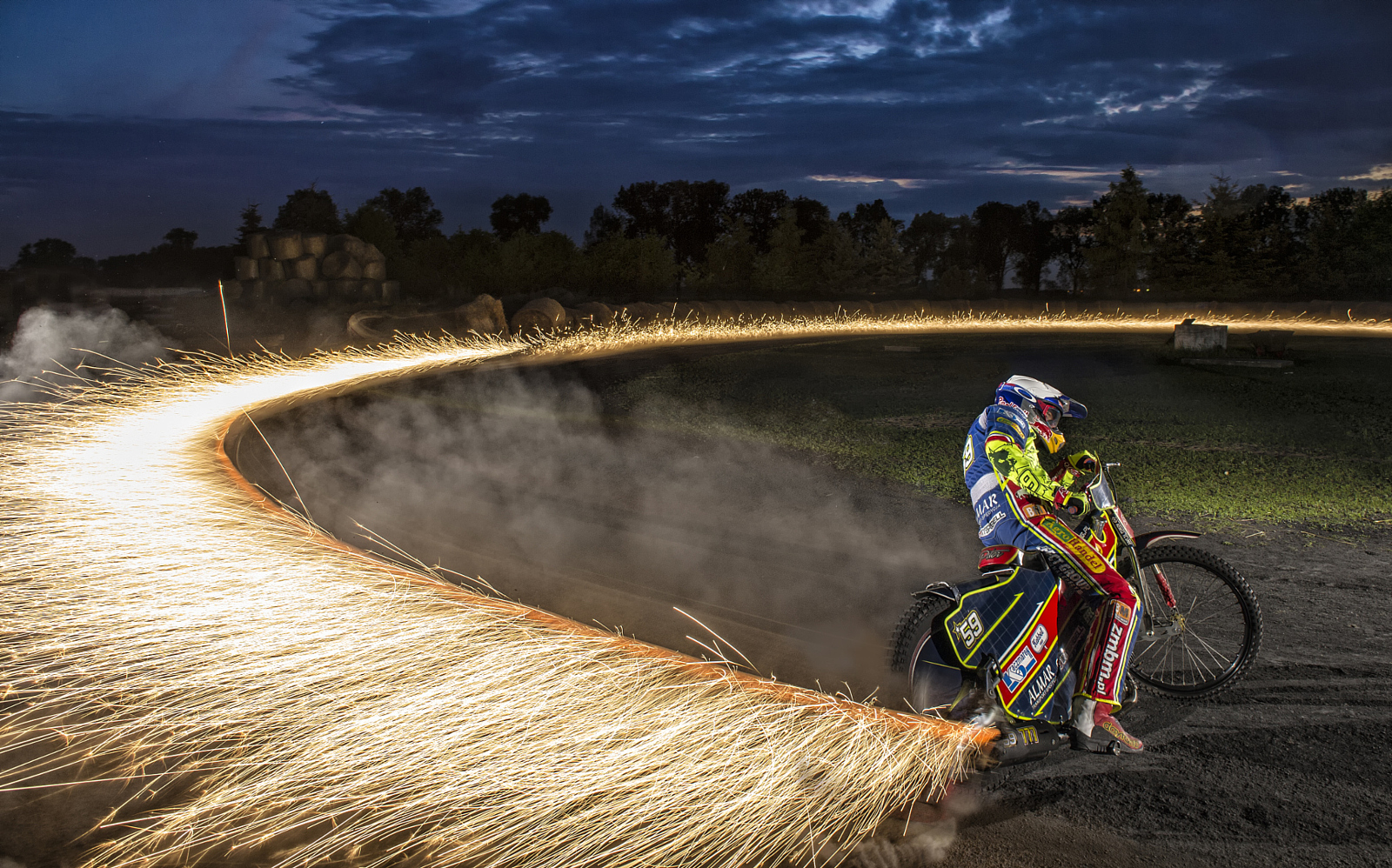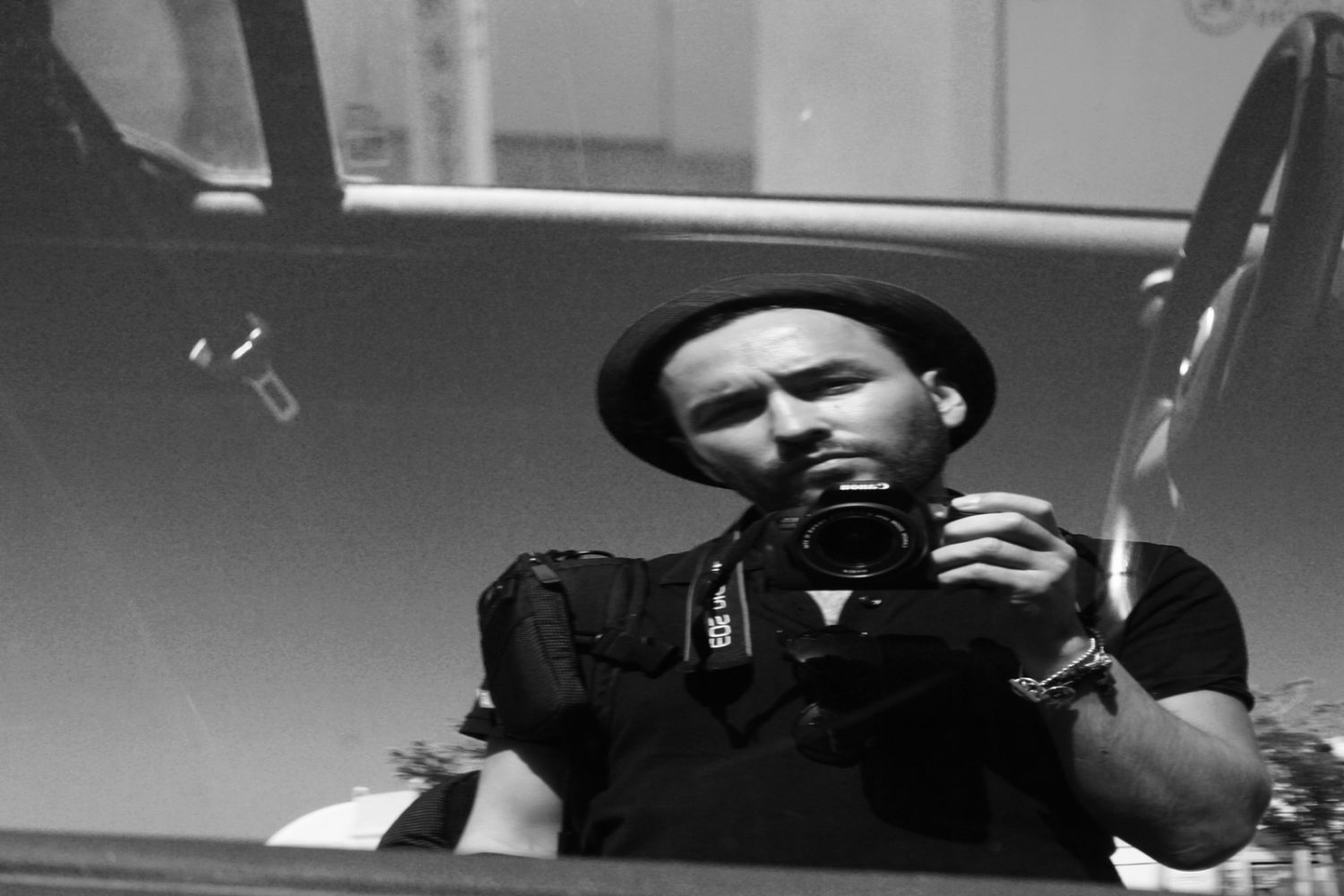Red Bull Photography recently joined our community with a verified brand profile of their own. This partnership isn’t just about amazing photography—it’s also about amazing stories. Behind every shot on Red Bull Photography is a talented photographer, a wild story, and a few lessons learned. We’ll be telling those stories every week here on 500px ISO and the Red Bull Photography website. Scroll down for a thought-provoking editorial on how our lifestyles and how we live influence the way that we read a photograph.
Ever stopped to think for a moment how we read a picture? There is a school of thought that says we read images in exactly the same way as we read text and numbers: from the left to the right—at least in those countries where text is written down like this, anyway. Knowing that we look at pictures in this way could be important for photographers, since knowing where the eye first lands can influence how a picture is composed: where the main focus of scene is placed and what devices are used to guide the viewer around the frame.
But how did this phenomenon come about? Are we really taking cues from the way we were taught to read as a child? Or are we just preconditioned by imagery that’s already been created?
There are many theories to explain the left-to-right reading of imagery. Talk to a book illustrator and they’ll tell you that they always draw moving characters traveling from left to right so that they match the direction in which the pages are being turned. Graphic designers also tend to construct the pages of a magazine so that we start in the top left of a spread and work our way down to the bottom right. So is it possible we’ve just become conditioned to looking at pictures in this way because the of the way that everyone else creates them? Or is there a more objective explanation?
Psychologists writing in the journal Cognitive Brain Research investigated the matter by presenting mirror-image pairs of pictures to people who were then asked which they preferred. They found that left-to-right-readers (French subjects) liked images with a rightward directionality, while right-to-left readers (from Israel) preferred things the other way around.
The researchers theorize that cultural factors do indeed affect cerebral dominance—ie. which side of the brain is most being used to interpret a picture.
So can knowing an audience’s viewing habits help photographers to compose better pictures? We think so. Images that work well for left-to-right viewers might have the subject positioned over to the right hand side of the frame, with negative space to the left. This lets the eye move through the empty space and stop on the subject, without going out of the other side of the frame.
Or when shooting action photographers might show the subject moving left-to-right, with some space on the right hand side to help the viewer imagine what’s going to happen next.
But these are not hard-and-fast rules. Sometimes photographers looking to create tension in a composition may do the opposite, just to make things look a little bit ‘wrong’ and make the viewer work harder. Some say that the test of a good composition is that it still works when it’s flipped and viewed as a mirror image. Illustrators often hold up a drawing to the light and look at it from the back just to check this. This is also possible with basic imaging software by pulling a picture up on a screen and flipping it horizontally – it looks surprisingly different.
Photographers who shoot on large-format cameras (or medium-format cameras with a waist-level finder) will be familiar with the challenges of working with a mirror image. Such cameras project an upside-down back-to-front representation of the world, but this can be an advantage too. It’s often said that working in this way allows the photographer to detach themselves from how the scene is supposed to look, and ditch any preconceived ideas they may have had. With this freedom they can concentrate on composing with shapes and lines – a purer approach to photography, some might say.
While it can certainly be interesting to consider a left-to-right (or right-to-left) bias in photography, the phenomenon probably poses as many questions as it answers: do children who haven’t learned to read yet see things differently to adults who have? What about bilingual people who can read and write languages that flow in different directions? How do people who write vertically, such as the Japanese, see compositions?
Whilst there is no right answer, especially if you speak languages from both sides of the world, these notions are certainly worth considering the next time you look at an image!
Stay tuned for another story from Red Bull Photography that will blow your mind next week!








Leave a reply